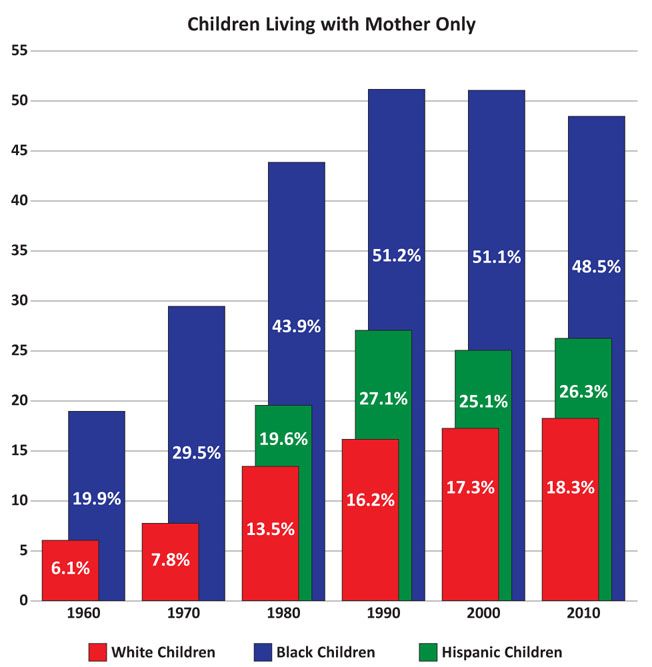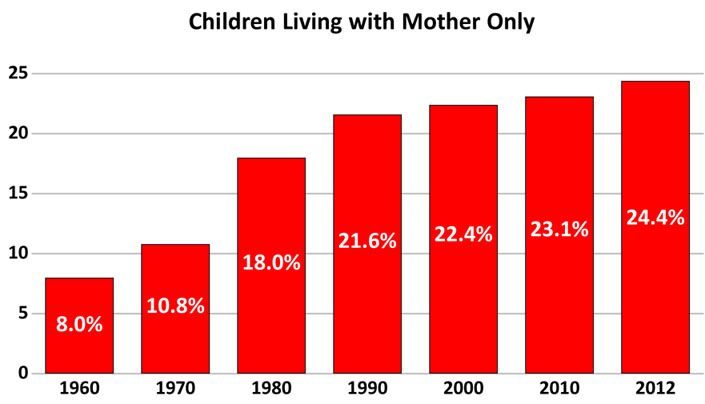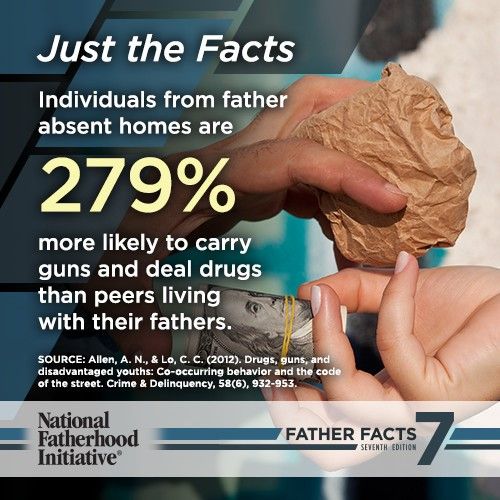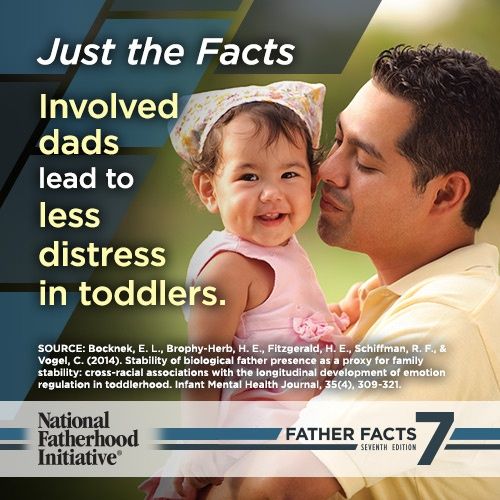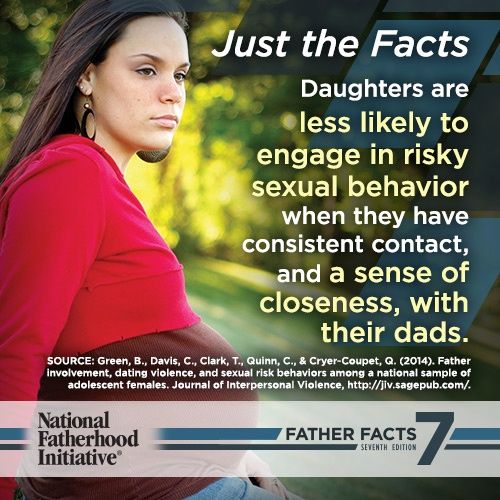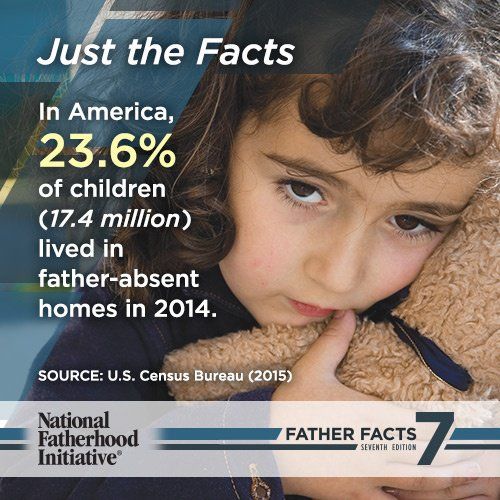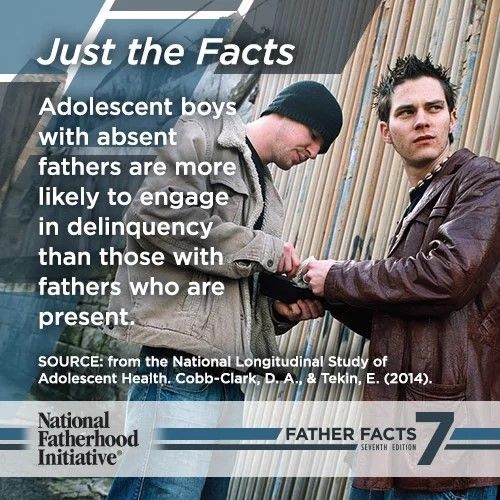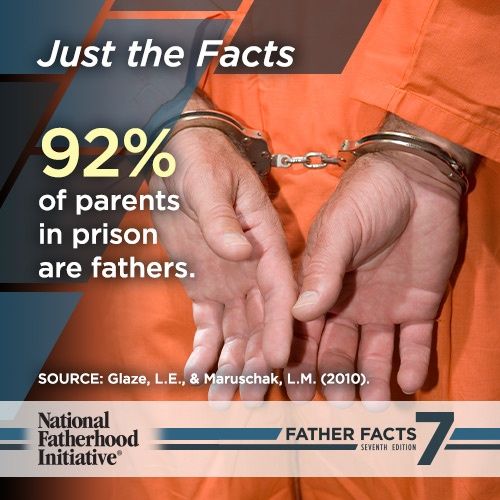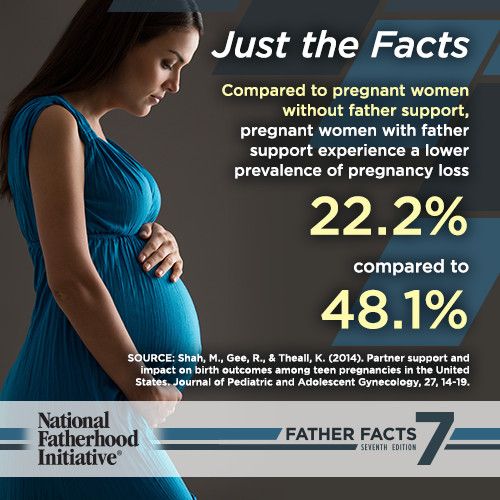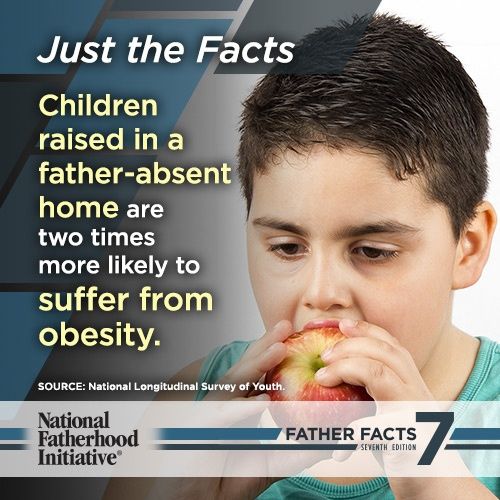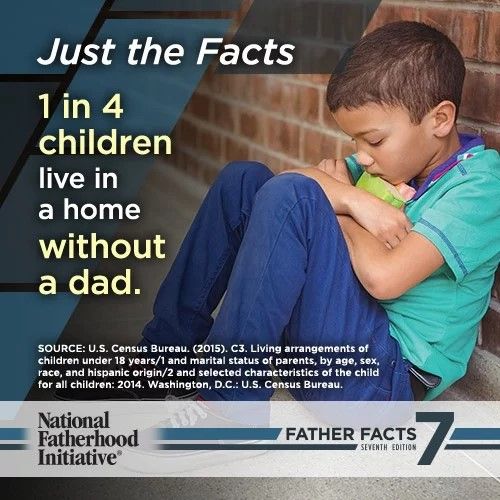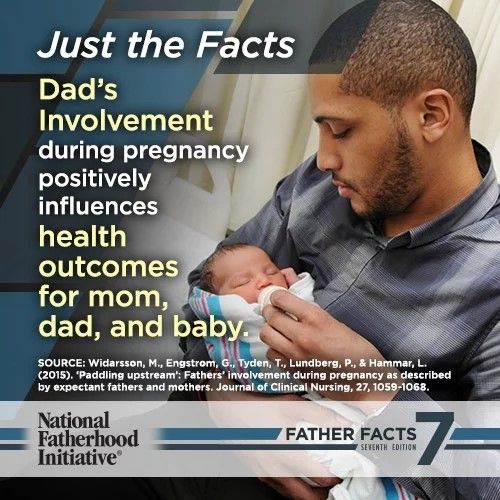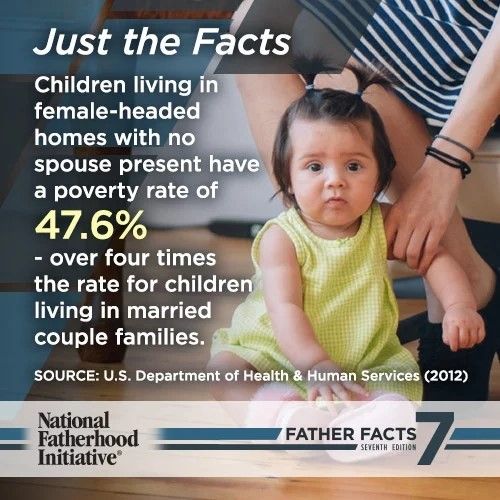Fatherhood and Parenting
My name is Michael Murphy. I am the product of a absent father. My father died when I was twelve years old. He did not have much involvement in my life prior to his death. The burden and joy to raise seven boys and two girls fell upon my mother. My academic and business success came late in life. I truly believe had my father been able to be an integral part of my work ethic, academic preparation and entrepreneurial acumen, my success would have come early in life, rather than much later in life. The patriarchal influence in a child, teenager and developmental adult years is crucial to transforming a boy into man, and from a follower to a leader. The statistics and evidence below are alarming and demonstrate why we need to help fathers abolish the prisoner label and fully embrace the patriarch label to stop the generational poverty associated with crime and incarceration.
The Extent of Faithlessness
More than 20 million children live in a home without the physical presence of a father. Millions more have dads who are physically present, but emotionally absent. If it were classified as a disease, fatherlessness would be an epidemic worthy of attention as a national emergency.
The impact of fatherlessness can be seen in our homes, schools, hospitals and prisons, as reflected in the above clip from the documentary film, Irreplaceable. In short, fatherlessness is associated with almost every societal ill facing our country’s children.
An estimated 24.7 million children (33%) live absent their biological father.
Source: U.S. Census Bureau, Current Population Survey, “Living Arrangements of Children under 18 Years/1 and Marital Status of Parents by Age, Sex, Race, and Hispanic Origin/2 and Selected Characteristics of the Child for all Children 2010.” Table C3. Internet Release Date November, 2010.
Of students in grades 1 through 12, 39 percent (17.7 million) live in homes absent their biological fathers.
Source: Nord, Christine Winquist, and Jerry West. Fathers’ and Mothers’ Involvement in their Children’s Schools by Family Type and Resident Status. Table 1. (NCES 2001-032). Washington, DC: U.S. Dept of Education, National Center of Education Statistics, 2001.
57.6% of black children, 31.2% of Hispanic children, and 20.7% of white children are living absent their biological fathers.
Source: Family Structure and Children’s Living Arrangements 2012. Current Population Report. U.S. Census Bureau July 1, 2012.
According to 72.2 % of the U.S. population, fatherlessness is the most significant family or social problem facing America.
Source: National Center for Fathering, Fathering in America Poll, January, 1999.
Trended Data
Among children who were part of the “post-war generation,” 87.7% grew up with two biological parents who were married to each other. Today only 68.1% will spend their entire childhood in an intact family.
Source: U.S. Census Bureau. “Living Arrangements of Children Under 18 Years Old: 1960 to Present”. U.S. Census Bureau July 1, 2012. http://www.census.gov/population/socdemo/hh-fam/ch5.xls
With the increasing number of premarital births and a continuing high divorce rate, the proportion of children living with just one parent rose from 9.1% in 1960 to 20.7% in 2012. Currently, 55.1% of all black children, 31.1% of all Hispanic children, and 20.7% of all white children are living in single-parent homes.
Source: U.S. Census Bureau. “Living Arrangements of Children Under 18 Years Old: 1960 to Present”. U.S. Census Bureau July 1, 2012. http://www.census.gov/population/socdemo/hh-fam/ch5.xls
Source: Census Bureau. “Living Arrangements of Children Under 18 Years Old: 1960 to Present.” U.S. Census Bureau, July 1, 2012. http://www.census.gov/population/socdemo/hh-fam/ch5.xls
White children born in the 1950-1954 period spent only 8% of their childhood with just one parent; black children spent 22%. Of those born in 1980, by one estimate, white children can be expected to spend 31% of their childhood years with one parent, and black children 59%.
Source: Popenoe, David. Life Without Father (New York: Simon and Schuster, 1996), 23.
Source: US Census Bureau, “Living Arrangements of Children Under 18”: Tables –CH-2, CH-3, CH-4. 1960 – Present. U.S. Census Bureau July 1, 2012.





